 A collection of images from Willis Henry from an american folk art auction. Love these animals!
A collection of images from Willis Henry from an american folk art auction. Love these animals!wonderful
 A collection of images from Willis Henry from an american folk art auction. Love these animals!
A collection of images from Willis Henry from an american folk art auction. Love these animals! A collection of images from Willis Henry from an american folk art auction. Love these animals!
A collection of images from Willis Henry from an american folk art auction. Love these animals!
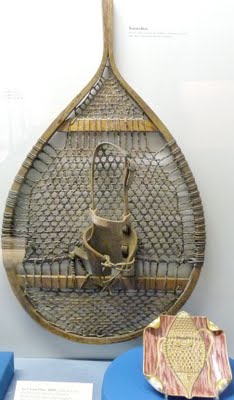

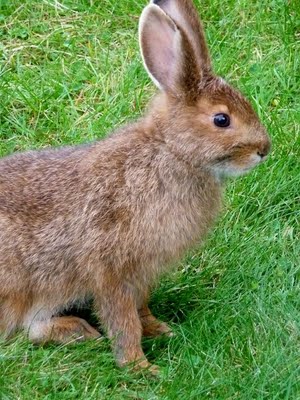
The Adirondacks charmed me with snowshoes. First, there was the grazing, amazing, big rabbit at the Great Camp Sagamore which our friend and guide, Beverly, pointed up that he changes color--brown to white for the winter and then vice versa in the spring. His big feet keep him above the snow. This rabbit was happy to let us watch while he snacked on the grass amongst all of us people. Then, at the Adirondack Museum, there was a remarkable collection of images and ideas around the snowshoe--from the various shapes and weaving, Different fasteners and photos of people using them. My absolute favorite snowshoe was the one on Rutherford B. Hayes' iced cream plate he had in the White House (see pink plate with a golden snowshoe). Hayes, as an aside, showed his pride in the Adirondacks through his table service and had a treed bear on a charger that was part of this look and feel....but the snowshoe...!
I have been musing over Mr. William West Durant and his loves, specifically, his visual loves. This is a man who, like friends of ours, are part of the "I love wood" group. This love is manifested in detailled architectural screens from the mosaic work of the lovely little Sunset Cottage to the bark panels at the Sagamore to the linear rails and and porch details of Pine Knot (now owned and run by SUNY Cortland as Camp Huntington).
"Camp Pine Knot was built by William West Durant and sold to railroad magnate Collis P. Huntington in 1895. In 1947, Huntington’s son, Archer, and his wife, Anna, presented to the College the original 201-acre site and historical buildings in the memory of Collis P. Huntington."
From my brief reading, Pine Knot was where it started. WW Durant built this place for his parents and used it as a showcase to show his friends and possible clients what an Adirondack Camp was about, and didn't they want to share in this adventure. This was just a glimmer of the force of Durant's talent, desire to decorate and work with wood, wood bark combined with architectural inspiration from Germany and Switzerland. The idea of a rusticated way of living for those who inhabited the large marble palaces in Newport and Manhattan was such a jump in comfort and concept it really must have been quite a sales job to get them on the train, on the boat and on a carriage to get them to Pine Knot to see and experience the wilderness Durant was inflamed with.
We are busy putting a bunch of holiday images to bed...and finishing. Ahhh. So, new things can slip into their place on the desktop. The Tropic wine and the images for the Hangar are in the roster to move onto the live lists. Alex is running a lot. Rob is working a lot (lots of work at the office, lots of projects coming to close here. Kitty is doing the school improv and has been cast in two of the five performances. All we need to do is finalize a lot of the college stuff--we had a good talk last night about that. I am busy and a bit wild..and would like a lull to get back into my little drawings about Fraktur.




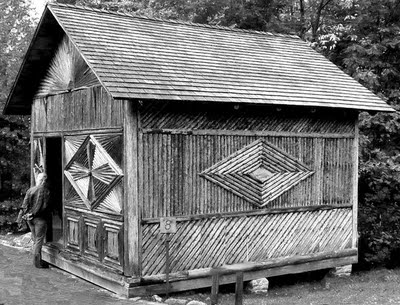
On William West Durant from the NY State Archives:
William West Durant was born in Brooklyn, New York in 1850, the son of Dr. Thomas Clark and Heloise Hannah Timbrel Durant. Durant attended Twickenham School in England and Bonn University in Germany and while living in Europe, Durant traveled extensively. Following his return to the United States, Durant took a position as Supervisor at the Equitable Loan and Trust Company. Durant first came to the Adirondack Mountain region of New York State in 1876 to assist his father in managing the Adirondack Railroad Company. Durant served as secretary and later as president and general manager until the company was absorbed by the Delaware and Hudson Company in 1889. After the merger, Durant continued to sit on the company's board of directors. Later, he worked as a General Land Agent for the Adirondack Company, which was owned by his father. At its peak, the company owned half a million acres in the Adirondack Mountains.
In 1884, Durant married Janet Lathrop Stott and the couple had three children. Following the death of his father in 1885, Durant continued to purchase land in the Adirondacks and began to develop transportation lines and to build homes and resorts. He established the Forest Park and Land Company, of which he was president. Durant built a road between Raquette and Blue Mountain Lakes and established a line of horse–drawn coaches from the terminus of the North Creek Railroad to Blue Mountain Lake. In 1878, he established the Blue Mountain and Raquette Lake Steamboat Line and built several dams to facilitate water travel. He built hotels to accommodate the growing number of visitors to the region and designed, built, and decorated many of the first “great camps” in the Adirondacks. He built Camp Pine Knot in the 1880s, which he took as his home. In 1895, he sold it to Collis P. Huntington. Durant built Camp Uncas for J. P. Morgan, the Sagamore for Alfred Gwynne Vanderbilt, and also built Camp Kill Kare. He established the Adirondack, Lake George, and Saratoga Telegraph Company as well as the first post office on Long Point, Raquette Lake. He raised funds and donated land to build two churches, the Episcopal Church of the Mission of the Good Shepherd and St. William's Catholic Church. He also built a store on Raquette Lake. In 1900, he built the Marion River City Railroad and oversaw completion of the Raquette Lake Railroad along with fellow investors including Collis Huntington, J. P. Morgan, William Seward Webb, William C. Whitney, John A. Dix, Charles E. Snyder, and Edward M. Burns. Between 1899 and 1900, he built the Eagle's Nest Country Club & Golf Course on Eagle Lake in Hamilton County.
In the early 1900s, due to several poor business deals and difficulties in the settling of his father's estate, Durant lost much of his fortunes. He was divorced from his first wife and married Annie Cotton in 1907. To earn a living, Durant performed title searches for land in the Adirondacks for Charles E. Snyder, a Herkimer, N.Y. attorney and former business partner. Durant died in 1934. In honor of his contributions to the Adirondacks, the lake located between the Village of Indian Lake and Blue Mountain Lake was named for him in 1936.
It is considered by some to be a symbol of sacred geometry, said to contain ancient, religious value depicting the fundamental forms of space and time. In this sense, it is a visual expression of the connections life weaves through all sentient beings, believed to contain a type of Akashic Record of basic information of all living things.
There are many spiritual beliefs associated with the Flower of Life; for example, depictions of the five Platonic Solids are found within the symbol of Metatron's Cube, which may be derived from the Flower of Life pattern. These platonic solids are geometrical forms which are said to act as a template from which all life springs.
Another notable example of that which may be derived from the Flower of Life is the Tree of Life. This has been an important symbol of sacred geometry for many people from various religious backgrounds. Particularly, the teachings of the Kabbalah have dealt intricately with the Tree of Life.
According to Drunvalo Melchizedek, in the Judeo-Christian tradition, the stages which construct the Seed of Life are said to represent the seven days of Creation, in which Elohim (God/concept of divinity) created life...
Gotta go as deadlines are looming. It was 46˚ this morning...and not surprisingly, a bright red leaf was on my welcome mat coming home from dropping Kitty and Alex off.
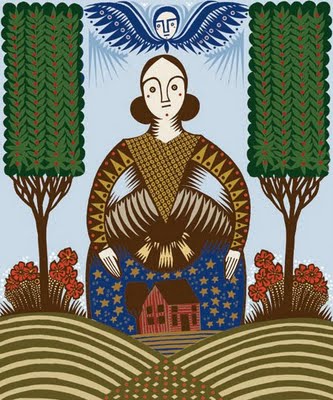
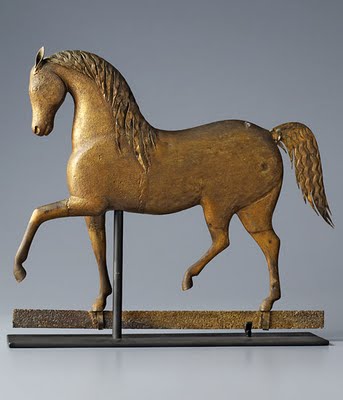
Rare small size horse weathervane with applied mane by J. Howard, Waltham, Mass., circa 1865. Cast zinc and copper, retaining an old gold painted surface. from fredgiampietro.com
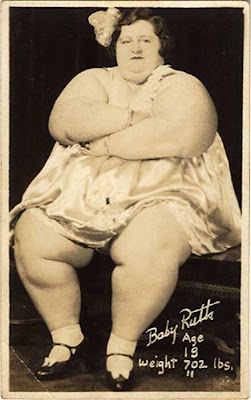
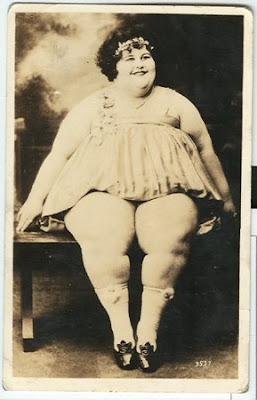
Baby Ruth (top, age 18) and Dolly Dimples (bottom). Two "cabinet cards" representing these performers....and Show History shows tons of these big gals in baby togs. Wierd, no?